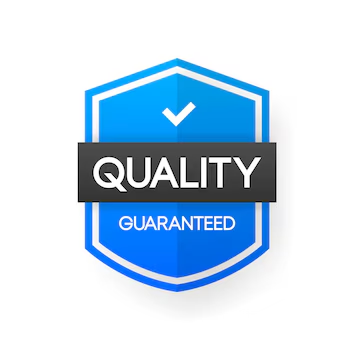4MAT Review Instructions
The 4MAT Review is a way of responding to readings, lectures, and life experiences that requires you, the learner, to interact with new ideas on several levels. You will write 2 separate reviews: 1 review for the Entwistle textbook and 1 review for the McMinn textbook. In preparing your 4MAT Reviews, use each of the 4 sections listed below with corresponding Level One headings in current APA format:
1.Provide a title page including only your name, the paper title (referring to the book title), and the institutional affiliation (Liberty University). Keep in mind that current APA standards recommend the title length not exceed 12 words. Also, keep in mind that the Running Head of your paper should be in the neighborhood of four to six words. All pages must include a running head and page number, and all pages are double spaced. Please include an abstract on page 2.
2.Summary: After introducing the name of the book and author, summarize the book in approximately 2 pages. Be appropriately concise but also be adequately complete in your ideas. Prove that you comprehend the main ideas by writing a clear and succinct summary. The summary is not a commentary or listing of topics but rather a discussion of the core ideas (main ideas) in the entire book. If you miss the main ideas, you lack an understanding of the complete message of the book. The summary provides the foundation for the rest of your 4MAT paper. Cite the book in-text at least once per paragraph and include page numbers for direct quotations.
3.Concrete Responses: Be vulnerable. In approximately 1 page, write about a personal life episode that this book triggered in your memory. Relate your story in first person, describing action and quoting exact words you remember hearing or saying. In the teaching style of Jesus, this is your own parable, case study, or personal connection to the main ideas of the book. Your comments in this section need to be clearly tied to main points from the book, not tangential ideas. Connect your comments to the main points for the reader.
4.Reflection: This section is a short critique or evaluation of the authors main ideas; include positives/negatives and strengths/weaknesses. You should consider new questions that arose for you in response to what you have read and explore concerns, implications, etc. Also, consider other sources that you have encountered in your life up to this point that relate to this book, such as other textbooks, journal articles, Scripture passages, and even ethical codes such as those in the ACA Code of Ethics (2014). Provide this critique in approximately 1 page (sometimes additional length may be needed to provide an adequate critique).
5.Theological Interaction: This section is a significant part of your paper (25 points out of 125 points), and you are required to reflect on the question assigned to you, depending on the text you are reading for the particular 4MAT assignment.
Entwistle text. In approximately 2 pages, share with your reader/professor what model or models (enemies, spies, colonialists, rebuilders, neutral parties, or allies) you most personally resonate with and why. Then create a solid argument to convince your reader/professor why this model is the best alternative. You are encouraged to use passages of Scripture, Entwistles book, and other sources to describe why you took your position.
McMinn text. In approximately 2 pages, respond to the following issue: McMinn discusses guidelines when confronting sin during a counseling experience, and the lectures reviewed some factors as well. Why can a sensitive Christian counselor not just automatically and quickly confront obvious sin in the life of the client? Of the cautions mentioned by McMinn and other class sources, which ones to you think counselors most often overlook? Why? You are also encouraged to share any passages or stories in Scripture that directly relate to this issue. When identifying this story or stories, take time to clearly describe how this passage of Scripture directly relates to what you are communicating.
6. Action: What are you going to do about it? Develop action steps based on the core points of the book. This section must be a description of how the main ideas will affect your counseling. What professional changes will you implement and share with others? Be precise in summarizing your action steps and clearly connect your action steps to main points from the book. This section must be 1 page or less.
7.You are also required to create a references page; on this page, you must provide the complete reference citation for the book, along with other materials, in compliance with current APA standards.
Create and submit these assignments in a Microsoft Word document; these assignments must be written at the graduate level and must be in current APA format.
Note: Use quotations strategically and sparingly; in a paper this size, do not use longer (block) quotations.
You are highly encouraged to use the following website as a reference for proper APA formatting (This is a sample APA formatted paper):
https://owl.purdue.edu/owl/research_and_citation/apa_style/apa_formatting_and_style_guide/apa_sample_paper.html
Submit the 4MAT Review on the Entwistle textbook via SafeAssign by 11:59 p.m. (ET) on Sunday of Module/Week 3.
Submit the 4MAT Review on the McMinn textbook via SafeAssign by 11:59 p.m. (ET) on Sunday of Module/Week 7.





 May 20th, 2020
May 20th, 2020 

